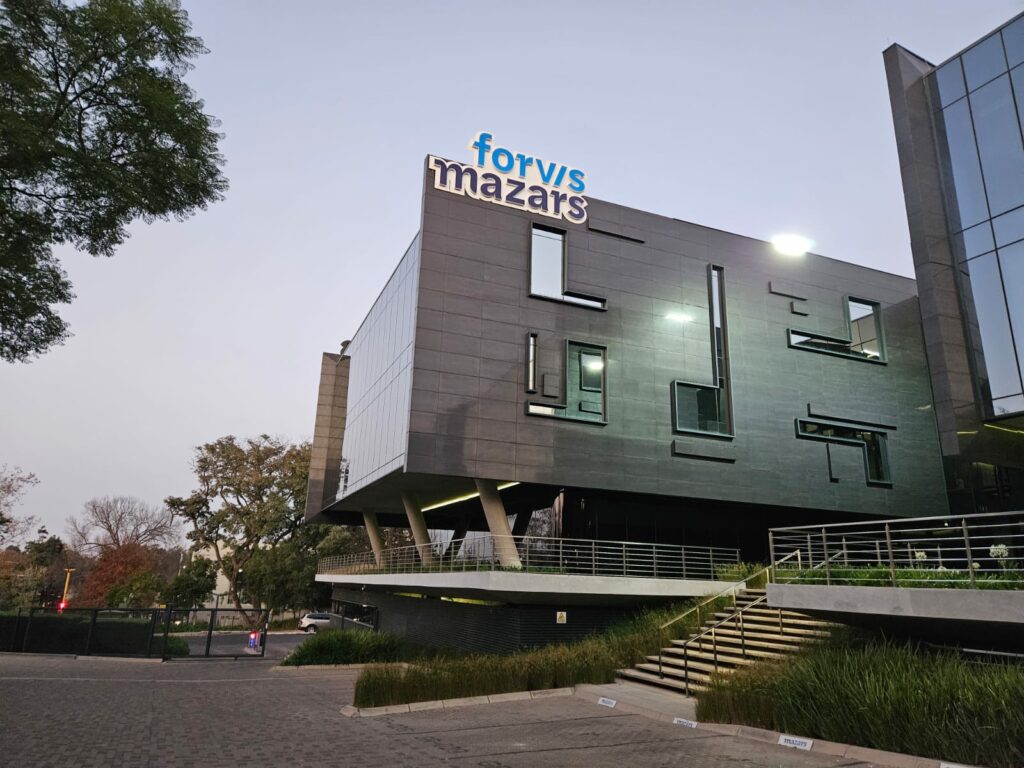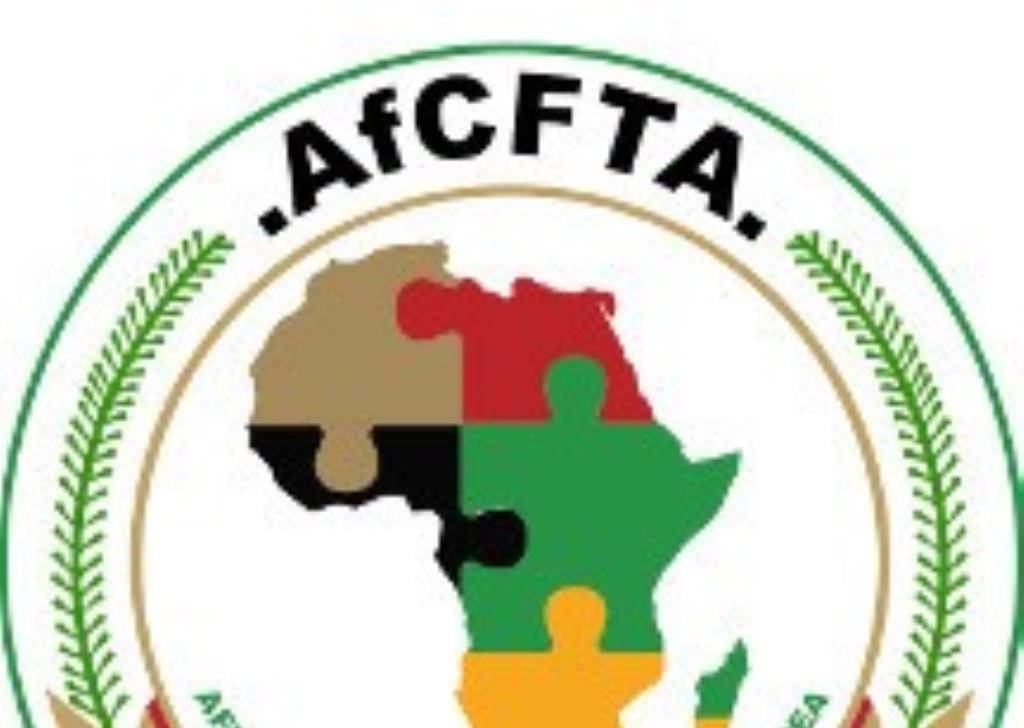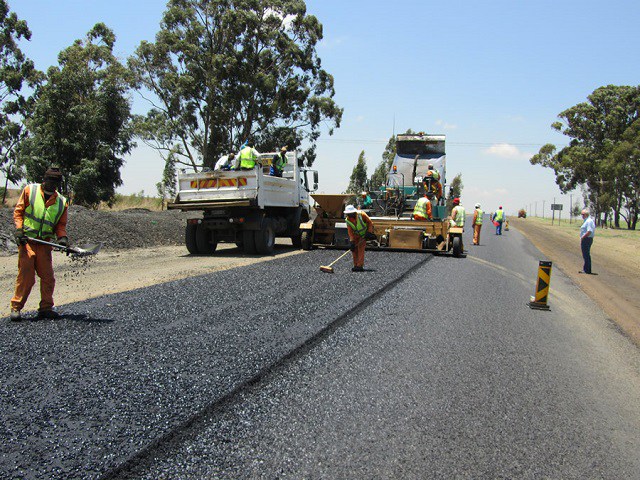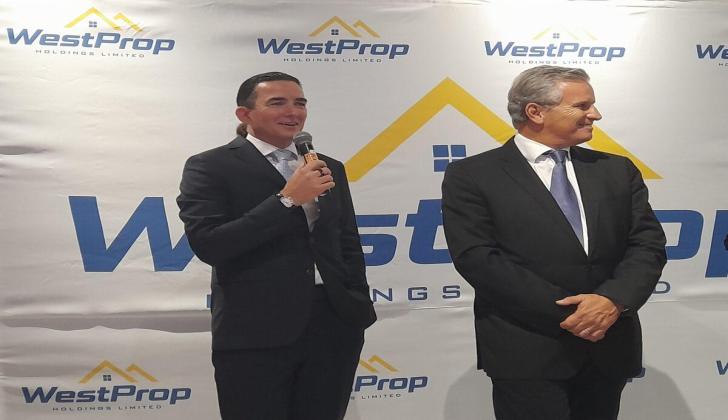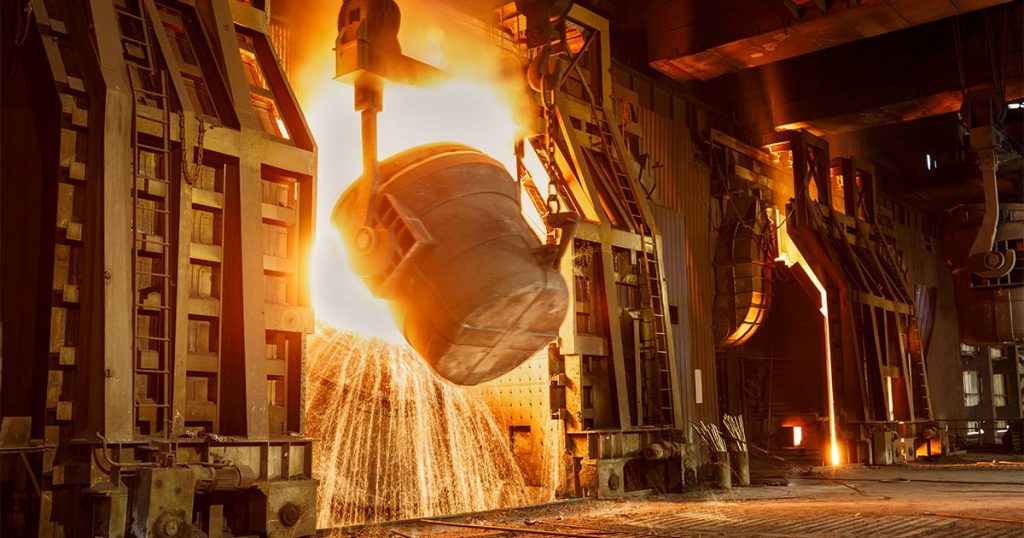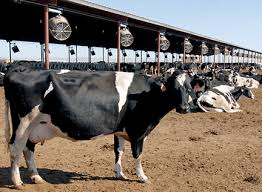Dairy processors hail RAFFS project
AfCFTA is an African Union-driven programme to promote intra-African trade and boost economies on the continent.
The RAFF project, spearheaded by the African Union-InterAfrican Bureau for Animal Resources (AU-IBAR) and the Bill and Melinda Gates Foundation, was launched in Zimbabwe last year.
It is being done through the African Women in Animal Resources Farming and Agribusiness Network, established under the ambit of AU-IBAR.
“As Zimbabwe, we are not as competitive in the region in terms of raw milk supply, raw milk prices, and farm gate prices. In Sadc [Southern African Development Community], we produce the most expensive milk,” DPAZ secretary-general Tendayi Marecha told NewsDay Farming.
“Our milk is around US$0,58 and US$0,60 per litre. When you go to Zambia, (it is) US$0,37. When you go to Malawi, maybe US$0,29. When you go to South Africa, US$0,42. So, in the face of the upcoming African Continental Free Trade Area, we really are going to be sweating because we are going to face an influx of cheaper products.
“So, this programme of feed and fodder mainstreaming is going to help us reduce our cost of production and then we become more competitive within the region.”
Feed constitutes 70% to 80% of the total cost of milk and animal production and the crises have exposed the significant weaknesses and vulnerabilities in the African feed and fodder input and supply chains.
Addressing feed and fodder shortage in the short-term protects livelihoods and ensures business continuity and sustainable livelihoods.
“The major reason is that feed is mainly the feed from the bag. Not much resources are used from fodder and grazing. So, feeding from the bag for ruminants will not be profitable at all. So this is the major cost driver,” the DPAZ secretary-general said.
“This programme that is being promoted by AU-IBAR is going to conscientise our policymakers where we need to focus. I think it could not have come at a time like this when we are only maybe four years before milk is coming in zero-rated through the borders.
“So, we still have four years to correct our errors and we hope by the end of four years, we will have done it. So we appreciate this concept of coming up with a value chain for feed and fodder and maybe mainstreaming it so that we really talk much about it so that at least policymakers are going to support the cause.”
She said processors had started to grow feed for their cows though on a small scale.
“But we also want to appreciate the government because they have come up with a government policy, which is going to be supporting anchor farmers who are producing fodder. This is to try and reduce the cost of production,” she said.
“We are just waiting for the SI [statutory instrument] to be out and then it is going to be implemented. So, we really appreciate the effort from the Zimbabwean government and also the organisation within the daily value chain has really assisted us to notice and react to our own problems and issues.
“So, in a way, as processors we are happy. We have been trying in a small way to assist the farmers to increase fodder and feed production. We have had a bias and a focus on cropping and I think livestock now needs attention and more so now we want to talk more about fodder and feed production so that we reduce our cost of production.”
DPAZ members are Nestlé, Dairibord, Dendairy, Prodairy, Kefalos, CBS, Yomilk, and Sagemore.
The RAFFS project also seeks to contribute to understanding the effect of recent and on-going global crises, namely COVID-19, climate change shocks and the conflict between Russia and Ukraine on the African feed and fodder systems.
According to the AU-IBAR, the multiplicity and increasing frequency and severity of shocks and their complex and interlocking effects demand an approach that will also strengthen resilience in feed and fodder systems.
The project targets six core countries that include Uganda, Cameroon, Kenya, Somalia and Zimbabwe.
It will run for three years.-newsday


